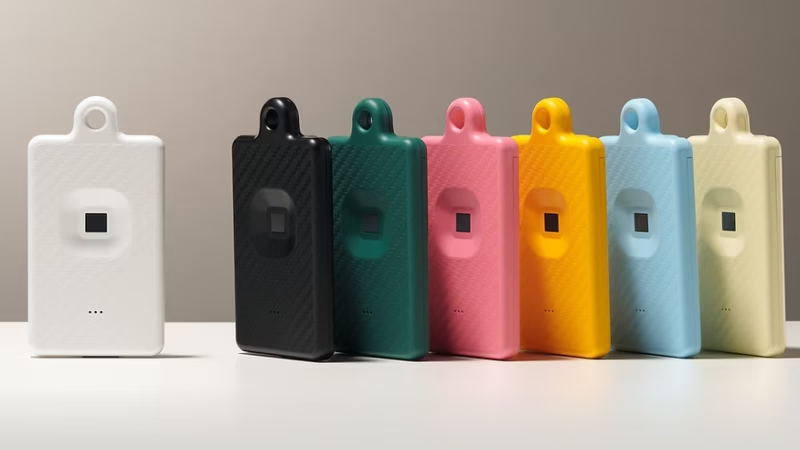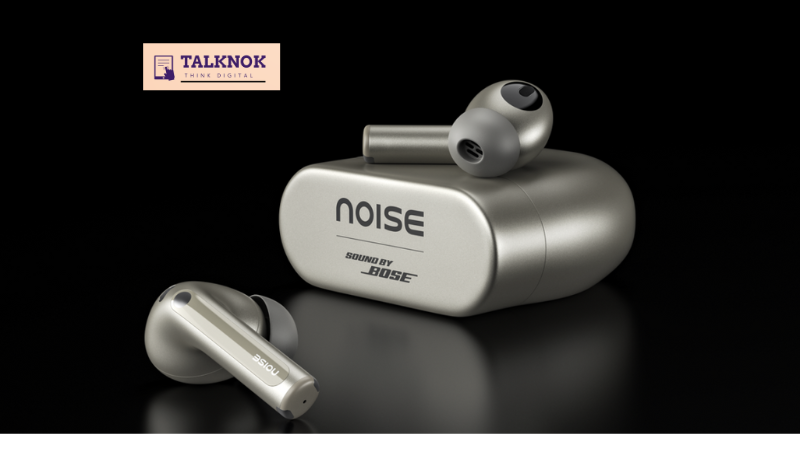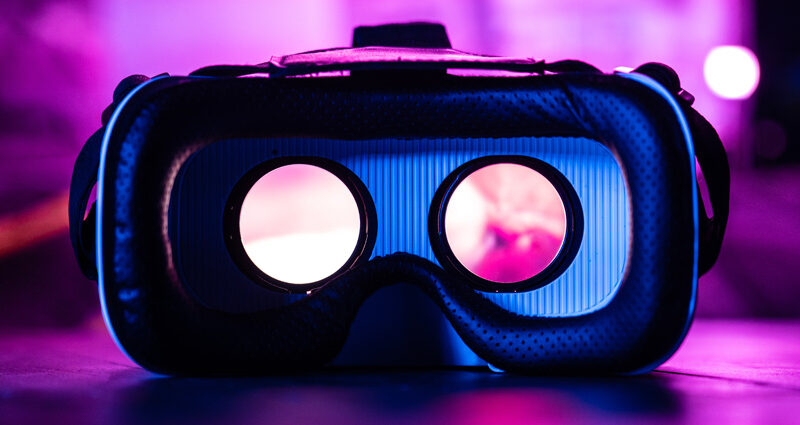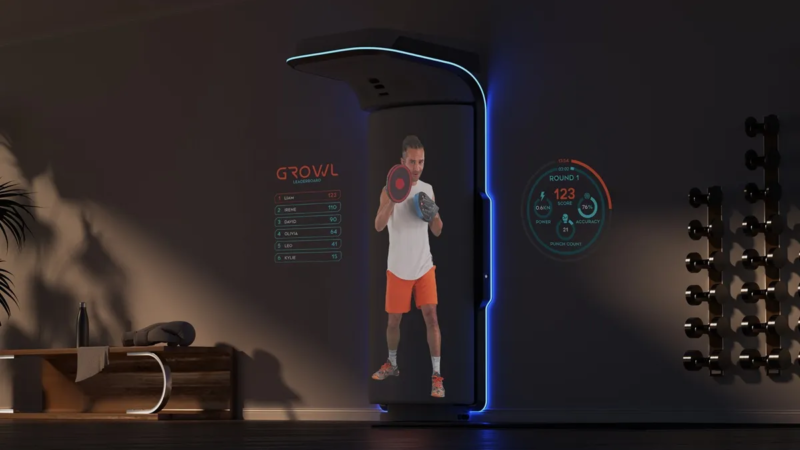Ring Mouse: A gesture based wearable mouse
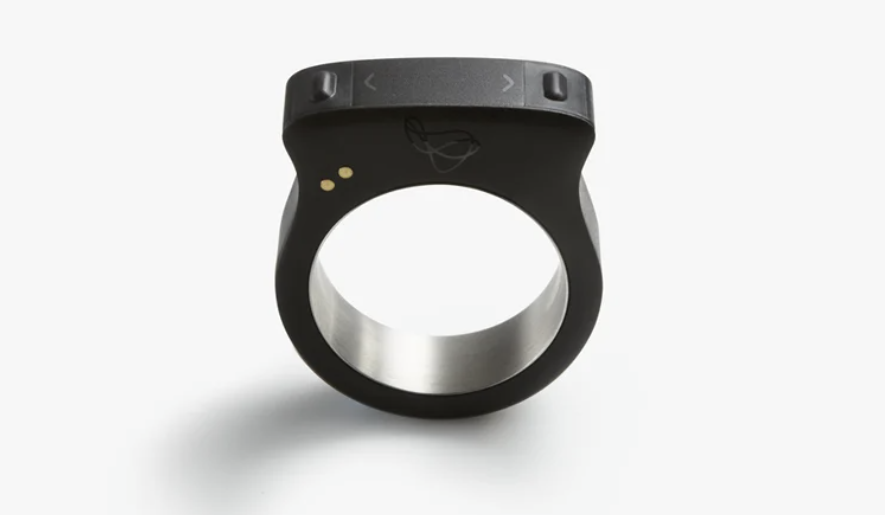
The Ring Mouse works as a gesture-based Bluetooth wearable mouse which is worn on the index finger and it uses sensor for tracking and connecting via Bluetooth. Features include gesture controls, silent clicks, long battery life, cross-platform compatibility and customization. Use cases are for presentations, travel, multi-device setups, and accessibility. Benefits are portability, ergonomics and being discreet. Challenges are the learning curve, battery dependence and precision limitations.
The ring is designed with optical/IR sensors and accelerometer/gyroscope makes sense. Bluetooth Low Energy is standard for such devices. The silent clicks likely use touch sensors or pressure sensors instead of physical buttons, which is plausible.
how do the gesture controls work?
swipe, pinch, scroll, and air gestures.
For example, swiping might involve the accelerometer detecting lateral movement, while a pinch could be a capacitive touch between the thumb and ring. Scrolling might use finger movement detected by the optical sensor. Air gestures could involve more complex motion tracking using the IMU (inertial measurement unit) combining accelerometer and gyroscope data.
Power consumption is a key factor. With BLE and a 50mAh battery, getting 8 hours seems possible if the device is optimized. Maybe it enters a low-power mode when inactive. Charging via a case with wireless charging is common, like earbuds, so that’s feasible.
Cross-platform compatibility would require the device to support standard HID (Human Interface Device) profiles over Bluetooth, which most OSs recognize. Customization through an app is standard too, allowing users to remap gestures.
Presenters might use gestures to switch slides without a clicker. Travelers benefit from the compact size. Multi-device switching could involve pairing with multiple devices and toggling between them. Accessibility is important; people with limited hand movement might find gestures easier than a traditional mouse.
Benefits: Portability is obvious. Ergonomics depends on the design; a ring might reduce wrist strain compared to a regular mouse. Discreetness is good for public use.
Challenges: Learning gestures takes time. Some might prefer physical feedback. Battery life, while decent, requires regular charging. Precision could be an issue for tasks needing fine control, like graphic design.
Potential additions: How does pairing work? Is there a button on the ring or a setup process via the app? What about latency? Bluetooth can sometimes lag, which is bad for gaming. Durability—since it’s worn on the finger, it should be water-resistant? Also, size adjustments for different fingers? Compatibility with specific apps or software?
Possible drawbacks not mentioned: Interference with other Bluetooth devices, limited range compared to a traditional mouse, accidental gestures if too sensitive, or the ring not fitting all finger sizes.
I should also think about existing products. There are ring mice like the Logitech Ring or other wearable devices, but they might not have all these features. How does this one differentiate? Maybe the combination of air gestures and touch gestures.
Technical considerations: Sensor fusion to combine data from optical and IMU sensors for accurate tracking. Power management to extend battery life. Minimizing weight for comfort.
User experience: The setup process, comfort during prolonged use, responsiveness of gestures, and customization options are crucial. If the app is user-friendly, that helps with adoption.
Possible errors in the original description: The optical/IR sensor is on the bottom, tracking the surface. But if it’s a ring on the index finger, when you lift the finger, does it switch to motion sensors for air gestures? That makes sense. So when on a surface, it works like a regular optical mouse, but when lifted, uses IMU for gestures in the air. That dual functionality could be a key point.
Another point: Haptic feedback. The original didn’t mention it, but some devices use vibrations to confirm gestures. Maybe the Ring Mouse includes subtle haptics to improve usability.
Materials: The ring should be lightweight, maybe plastic or titanium, with a comfortable inner lining. Adjustable sizing or different ring sizes available.
Market position: Targeting professionals, travellers, and accessibility users. Price point would affect adoption—too high and it might niche, too low and quality suffers.
Potential improvements: Adding a rechargeable case that also acts as a storage protector. Integration with voice assistants for hybrid control. Multi-device pairing like Logitech Flow.
Security: Since it’s a Bluetooth device, ensuring secure pairing to prevent hijacking.
Testing scenarios: Using it on different surfaces, in various lighting conditions for the optical sensor. Testing gesture accuracy in both air and surface modes. Checking battery life under continuous use.
In summary, the Ring Mouse seems feasible with current tech, but success would depend on execution: sensor accuracy, comfort, battery life, intuitive gestures, and good software support. Addressing the mentioned challenges through design and user education would be key.
Core Components & Functionality
- Design & Sensors:
- Wearable Form: Worn on the index finger, resembling a sleek ring, optimized for comfort and portability.
- Tracking Technology:
- Optical/IR Sensor on the underside for surface tracking (like a traditional mouse).
- IMU (Accelerometer + Gyroscope): Enables air gestures and motion tracking when lifted off surfaces.
- Silent Clicks: Capacitive touch sensors detect finger taps (e.g., thumb-to-index pinch for clicks).
- Connectivity:
- Bluetooth 5.0+ (BLE): Ensures low power consumption and compatibility with most devices (PCs, tablets, smartphones, smart TVs).
- Multi-Device Pairing: Switch between up to 3 devices via hardware button or app.
- Gesture Controls:
- Surface Mode: Optical sensor tracks movement; swipe gestures for navigation.
- Air Gesture Mode: IMU detects motions (e.g., hand flicks to switch slides, circular motions for scrolling).
- Customizable Actions: App allows remapping gestures (e.g., pinch for copy/paste, double-tap for shortcuts).
User Experience
- Battery Life: Up to 8 hours (50mAh battery), with a wireless charging case (2-3 full charges).
- Cross-Platform: Works with Windows, macOS, Android, iOS via HID profile.
- Accessibility: Aids users with mobility challenges via adaptable gestures.
Benefits
- Portability: Compact, lightweight (5–10g), ideal for travel.
- Ergonomics: Reduces wrist strain; no need for flat surfaces.
- Discreet Use: Silent operation suits libraries/meetings.
Challenges & Solutions
- Learning Curve: In-app tutorials and haptic feedback (subtle vibrations) guide users.
- Precision: Surface mode for detailed tasks; air mode for broader gestures.
- Battery Management: Auto-sleep mode and low-battery alerts via app.
Technical Considerations
- Sensor Fusion: Combines optical and IMU data for seamless transition between surface/air modes.
- Latency: Optimized Bluetooth stack minimizes lag (<20ms), though not ideal for gaming.
- Durability: Water-resistant (IP54) and adjustable sizing options.
Market Differentiation
- Hybrid Tracking: Uniquely blends surface and air gestures.
- Haptic Feedback: Enhances interaction confirmation without sound.
- App Ecosystem: Advanced customization (e.g., gesture sequences, app-specific profiles).
Potential Enhancements
- Voice Integration: Future firmware updates could link to Alexa/Google Assistant.
- Security: Secure pairing protocols (e.g., NFC tap-to-pair).
- Rechargeable Case: Doubles as storage and charger, akin to earbuds.
Use Cases
- Presentations: Air gestures to control slideshows.
- Travel: Compact alternative to traditional mice.
- Multi-Device Workflows: Switch between laptop/tablet seamlessly.
- Accessibility: Tailored gestures for users with limited dexterity.
Conclusion
The Ring Mouse leverages existing sensor and Bluetooth technology to create a versatile input device. Success hinges on balancing comfort, intuitive design, and robust software support. Addressing precision through hybrid tracking and offering extensive customization will cater to both general and niche audiences, positioning it as a compelling tool for modern digital interaction.
In summary
The Ring Mouse seems feasible with current tech, but success would depend on execution: sensor accuracy, comfort, battery life, intuitive gestures, and good software support. Addressing the mentioned challenges through design and user education would be key.

